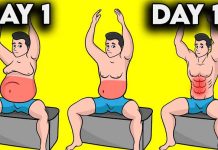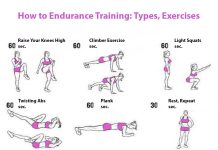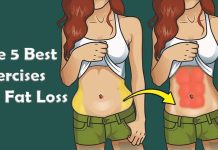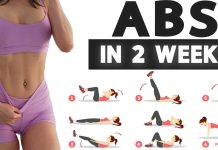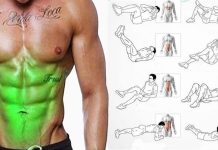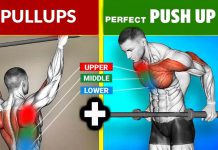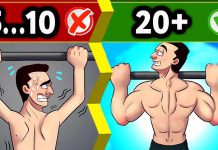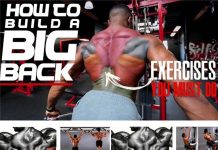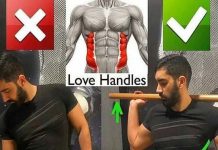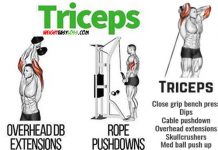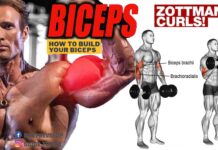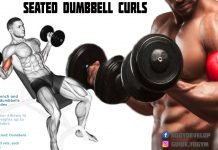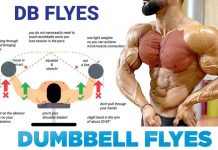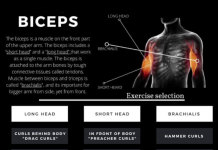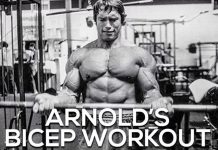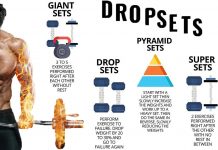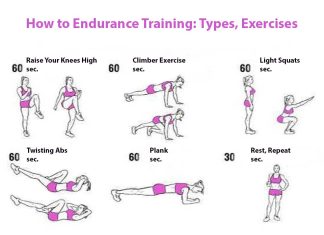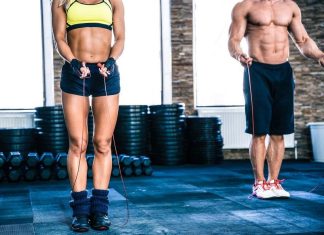🔥 6 Pack Abs Workout | BACK FOAMROLLING & HANGING LEG RAISES

✅ The foam roller is a popular mobility tool that is commonly used among lifters to improve their overall mobility and to perform different self releases.
However, there seems to be some confusion with how to use it. Quite in fact, many times, you would assume “rolling” the affected area is the answer.
In some cases, the opposite may be true… and rolling the lower back is one of those areas.
[wp_ad_camp_2]
1️⃣ Foam roller placed on the middle back (increases thoracic extension)
2️⃣ Core is engaged and ribs are pulled down (limits the amount of lumbar extension)
3️⃣ Arching the middle back over the foam roller (further promotes thoracic extension)
❌❌❌ 💥 Foam roller placed on lower back (promotes lumbar extension)
💣 Core is loose and ribs are flared open (ineffectively mobilizes the joints of the spine)
🔥 Extending the lower back over the foam roller (further promotes lumbar extension)
[wp_ad_camp_4]

🚨 You should not use a foam roller directly on the lower back. It is fine to use it on the upper back, because the shoulder blades and muscles in the upper back will protect the spine, as opposed to the power back where there are no structures that can help to protect your spine from the pressure. If you use a foam roller on your lower back, the spinal muscles could contract and cause more damage than good, especially if your back pain is caused by a condition in the lumbar spine.
A general guideline could be foamrolling up until the end of the ribcage. Not any lower.
[wp_ad_camp_5]
In today’s society, most of us are in an anterior pelvic position which increases the natural curvature of the lower back which may be caused from long periods of sitting. Foam rolling the lower back with hyperlordosis (an excessive curvature of the lower back) will only further increase the natural curvature and could potentially lead to irritation of the spine and cause the muscles of the lower back to shorten and then cause troubles in the long run.

🔥 HANGING LEG RAISES
[wp_ad_camp_1]
The hanging leg raise may be the holy grail of core training. You probably know it: As you hang from a bar, you curl your hips and knees up to your chest. If you can do these for double digit reps, you have some serious core strength—and a way to build your abs that’s unrivaled.

1. FORTIFY YOUR GRIP
The shoulder is the most complex and unstable joint in the human body. For more stability instantly, grab the bar with an overhand grip, and then wrap your thumbs around the bar and hook them over your first two fingers on each hand. This will give you more strength and stamina, and guarantees that a weak grip doesn’t limit the amount of work your abs can do.
[wp_ad_camp_3]
2. LOCK DOWN YOUR SHOULDERS
Pull your shoulders down—imagine you are pulling them as far away from your ears as possible—and hold them there. Doing this causes your upper back to round a little bit and your chest to cave in slightly. This helps protect your shoulders from nasty injuries such as impingement syndrome, strains, and tears.
3. KEEP YOUR RIBS DOWN
When you lift your legs, the movement should occur at your hips—not in your lower back. Make sure this happens by keeping your ribcage down and in line with your hips throughout the entire move. If your ribs elevate during the movement, your hips will tilt forward causing strain in your lower back.
4. PULL DOWN ON THE BAR
Don’t just hang there. Instead, create tension in your arms and throughout your core by pulling down on the bar as hard as possible. This engages all of the big muscles under your arms and along your ribcage, which stabilizes your spine and makes it easier to raise your legs to your chest.












